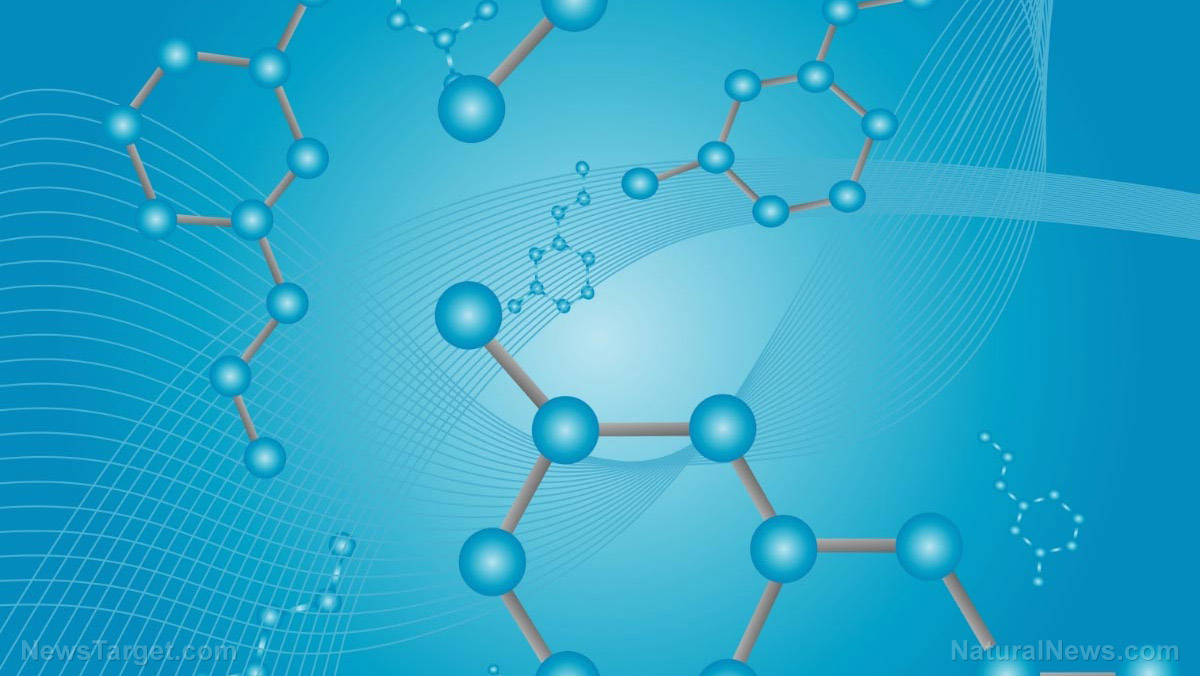Can we find a cleaner way to extract hydrogen from water?
07/16/2019 / By Ralph Flores

Splitting water to create renewable hydrogen energy looks good on paper – until you realize that making it requires a lot of the “dirty energy” it’s trying to replace, like fossil fuel. In a study published in the American Chemical Society’s ACS Catalysis, researchers from the University of Delaware and Columbia University established a process that can produce greener hydrogen from water. The process, patented by lead engineer Feng Jiao, uses electricity and a copper-titanium catalyst to create a cleaner and more sustainable energy source.
Weighing the potential of hydrogen energy
Depending on who you’re asking, hydrogen energy could either be the “fuel of the future” or another contributor to the heavy burning of fossil fuels.
For proponents, it’s an increasingly popular energy alternative to fossil fuel, the well-known pollutant and the scourge of every industrialized nation. Hydrogen, the lightest element on the periodic table, is an energy carrier – a substance that can deliver and store massive amounts of energy. Currently, hydrogen is used to power fuel cells used in buildings or vehicles, as well as generate electricity, heat, and power.
The 2020 Olympics, in particular, hopes to showcase this form of energy. The Olympic torch is fueled by hydrogen, and the athletes’ village for both the Olympic and Paralympic Games in Tokyo will use it as a power source. Other countries, like Germany, have also started to explore commercial uses for hydrogen energy. The Coradia iLint – touted to be the first hydrogen-powered train – is already in its testing phase, with prototypes already running in commercial service in northwestern Germany.
Despite its promising applications, critics say that it comes with at a hefty price for the environment. It’s also inefficient and impractical. In an interview with CNET, physicist and author Joseph Romm pointed out that it takes around a megawatt-hour’s worth of electricity just to make enough hydrogen to drive a fuel cell car for about 1,000 miles. That’s an inordinate amount of energy, especially considering that it only takes less than a quarter of the electricity cost to drive a gas-powered car the same distance. In addition, producing hydrogen gas requires using natural gas and high heat, a process that is detrimental to the environment. (Related: BREAKTHROUGH add-on hydrogen device boosts vehicle fuel efficiency by 20% while decreasing emissions by 80%.)
Cheaper, cleaner, greener
For Jiao, the associate director at UD’s Center of Catalytic Science and Technology, the idea for using electricity to split water into hydrogen gas and oxygen molecules started out from developing an efficient system to turn carbon dioxide into oxygen. That project, which received support from NASA and the National Science Foundation, had potential uses in outer space, except that they needed a better catalyst for the reaction.
The researchers looked at different metals and tested each, until they stumbled upon copper-titanium alloy as one of the few non-precious, metal-based catalysts capable of splitting water into hydrogen gas and oxygen, a process known as hydrogen evolution. The discovery was groundbreaking for two reasons: Both are (1) inexpensive, and (2) abundant compared to other metals used for the job, like silver or platinum.
Copper, in particular, is known for being a great conductor of both heat and electricity. However, it’s not as great when it comes to producing hydrogen – alone, that is. When titanium is added, the two metals create active sites that allow strong interactions between the hydrogen atoms and the newly improved catalyst. The researchers noted that the two metals performed at levels similar to more expensive catalysts like platinum.
“With a little bit of titanium in it, the copper catalyst behaves about 100 times better than copper alone,” explained Jiao.
Initial tests showed that the copper-titanium alloy outperforms currently used catalysts, as it extracted hydrogen from water with a rate twice as high compared to the more sophisticated platinum catalyst. It can also obtain energy using carbon dioxide, the most oxidized form of carbon and the tail-end of traditional chemical processes.
While the project is still in the laboratory phase, Jiao and his team are hopeful that future developments will see commercial use. In addition, the team is looking at even more metal combinations, in an effort to balance performance and cost.
“Once you have the technology, you can create jobs around material supply, manufacturing, and once you can build a product, you can commercialize and export it,” he added.
Sources include:
Submit a correction >>
Tagged Under:
Clean Energy, electricity, fossil fuels, future science, green energy, green living, hydrogen, hydrogen energy, oxygen, power, renewable energy, research, water
This article may contain statements that reflect the opinion of the author
RECENT NEWS & ARTICLES
COPYRIGHT © 2017 REAL SCIENCE NEWS





















